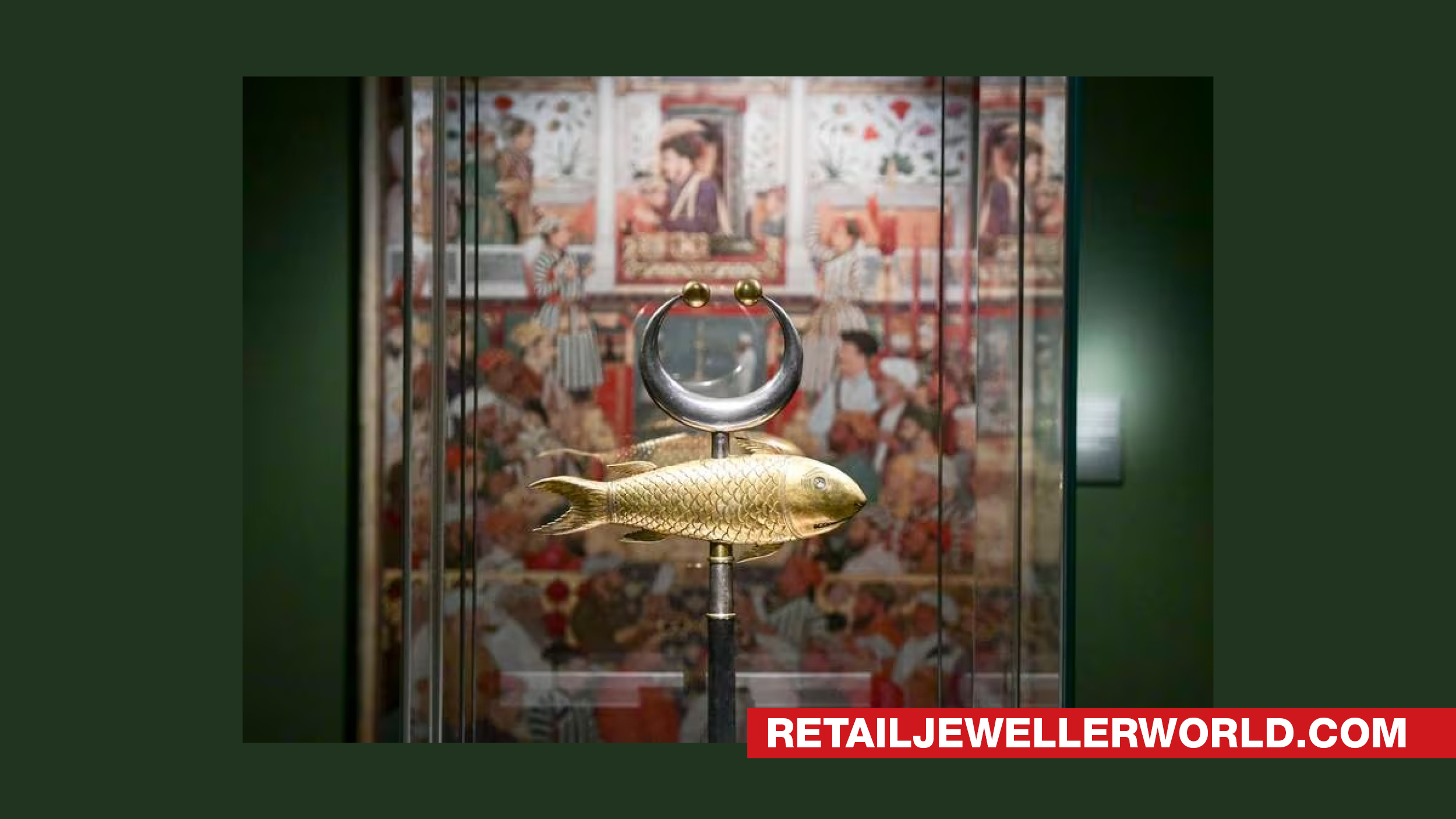Daily News
Sharjah Museum of Islamic Civilisation showcases India’s regal past with jewelled armaments

The objects making their debut in the UAE include jewelled daggers, knives, swords, pendants, a gem-encrusted shield, ornate domes, ceremonial sceptres, and carved inlaid boxes and ornaments
Sharjah: A bejewelled dagger glimmering in its glass case, a precious gemstone engraved with the name of an ancient sultan, and a detailed North Indian garden carpet celebrating the flora of Kashmir are on display at the Sharjah Museum of Islamic Civilisation.
These objects are part of the museum’s Ziena Splendour of the Indian Courts exhibition. It is an expansive and diverse selection of 84 objects from the country, which celebrate the craftsmanship of master jewellers and the Islamic aesthetic influences on decorative styles from the 16th to the 18th century.

“This is a story that has many facets,” Entisar Al Obeidli, Curator, Sharjah Museum of Islamic Civilisation. “We are informing the public on these historical and continuous stories, introducing them to the artists and craftsmen, the historians and researchers.
“Each piece has its historical, geographical context and its own technical and artistic importance.”
The objects making their debut in the UAE include jewelled daggers, knives, swords, pendants, a gem-encrusted shield, ornate domes, ceremonial sceptres, and carved inlaid boxes and ornaments.
The varied pieces come from the private Al Sabah Collection in Kuwait. The exhibition at the Sharjah Museum of Islamic Civilisation is in collaboration with the country’s cultural centre, Dar al Athar al Islamiyyah.
It is a partnership that Al Obeidli describes as culturally significant.
“This collaboration deepens the cultural relationships between Gulf countries,” she says. “It aids in the continuous communication and exchange of ideas when it comes to each country’s wealth of experience, and the variety of exhibitions that are possible.
“Through these temporary exhibitions, we are showing how through our collaborations [with other entities], we can communicate these fascinating artistic, historical, geographically important stories to the public.”
The exhibition is separated into three sections: Royal Insignia, Rank & Style, and Traditions of Luxury. They signify different aspects of royal life and how the showcased objects were integral to this region.
The sections have been designed so visitors can observe the detailed craftsmanship of each object while also understanding its historical or geographical context from the information provided. Each object also sits within a greater story of how Arab and Islamic culture, through many ruling dynasties, influence life, particularly the decorative arts.
“We wanted to give space for the visitor to be entranced and interested with every piece,” says Al Obeidli. “The way we did that was for them to have the ability to see all the objects on display at a glance, but then to be able to hone in one piece and we in turn give them the stories, one by one, starting with a highlight piece.”
One of the most interesting pieces on display is a ruby (known as a yakut stone in Arabic) that weighs 249.3 carats. It is beautifully lit to reveal six intricately engraved names.
The jewel is described as a “turban ornament” and is known as the Timur Ruby. The earliest and largest inscription on the gemstone is the name Ulugh Beg, an astronomer, mathematician, and sultan of the Timurid Empire, which dominated much of modern Iran, Iraq, and Afghanistan in the late 15th century. The gemstone was most likely inscribed before his death in 1449.
The other inscriptions are those of his descendants, showing the lineage and importance of the stone passed down from royal father to royal son up until 1754-55 with the last inscription bearing the name Ahmad Shah Pearl of the Durranis, founder of the Durrani Empire who is regarded as the founder of the modern Afghanistan.
Another captivating highlight is in the Rank & Style section, which shows a 17th-century jewelled chilanum dagger and scabbard.
The hilt and front of the dagger glitters with a total of 2,393 gemstones such as rubies and emeralds of the same quality and clarity, set into iron overlaid with gold. Designed in a vegetal motif (meaning a design that represents vegetable or plant form), it depicts cypress trees, scrolling vines, birds, and emerald eyes.
The most fascinating design element of the dagger is its hilt, which simultaneously features the heads of a tiger, elephant, and horse. This style of dagger was fashionable to wear in court in the middle of the 16th century. Its design and shape evolved from weapons of northern India used as far back as 2,000 BC.
“I want to tell everyone from the old people to children, to come and see this exhibition,” says Al Obeidli. “Why? To get information, to open their eyes, to open their ears, and experience and be entranced with every piece.”
Courtesy: thenationalnews.com

















